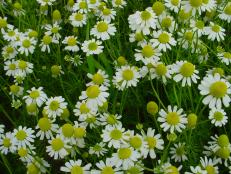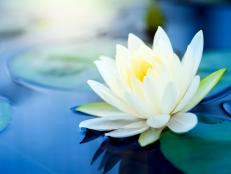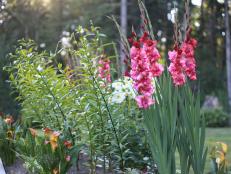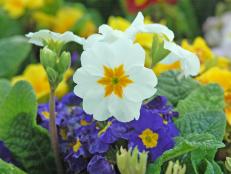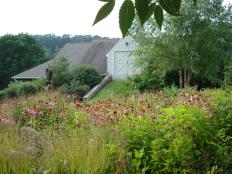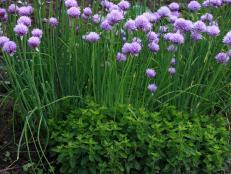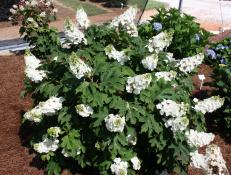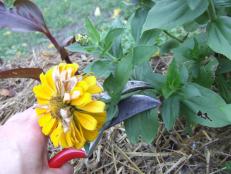How to Grow Forget-Me-Not Flowers
This easy-to-grow flower will brighten up any shady, wet area in your yard.
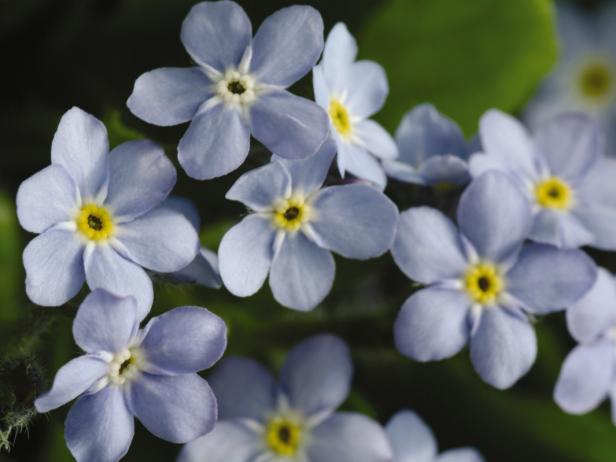
Ball Horticulture

These dainty little flowers are part of the genus Myosotis in the Boraginaceae family. Even though there are variations within the species, most of the flowers are about half an inch in diameter with five petals that grow at the end of the stem. Although mostly known for their blue flowers, some cultivars will produce pink or white blooms (and even a mix). Forget-me-nots are beautiful, easy to grow ornamental flowers used in woodland gardens and landscapes.
A Royal Forget-Me-Not Fan
Forget-me-nots were Princess Diana's favorite flowers and are included in a memorial garden dedicated to her at her former residence, London's Kensington Palace. There are 3,500 white forget-me-nots planted in her honor in the garden. Prince Harry named his charity — which benefits children and young people who are HIV positive in the African countries of Lesotho and Botswana —"Sentebale," which translates to "forget me not" in the Sesotho language spoken in Lesotho.
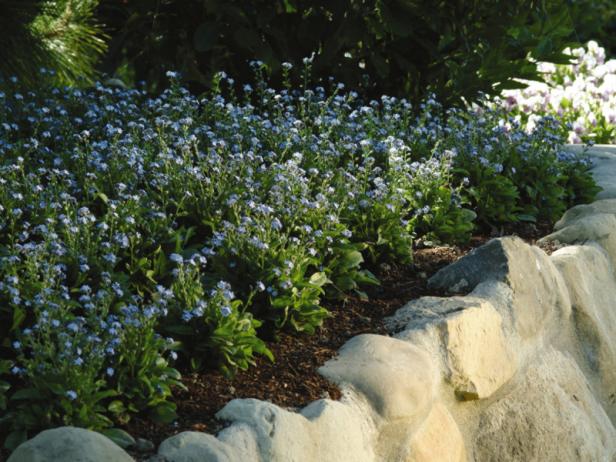
Ball Horticulture
Myosotis sylvatica growing in a shade garden.
Types of Forget-Me-Nots
The two main types are Myosotis scorpioides or true forget-me-not, which is a perennial; and Myosotis sylvatica or woodland forget-me-not, which is a short-lived perennial but often used as an annual/biennial. Although both species look similar, they differ slightly in growing conditions and bloom time.
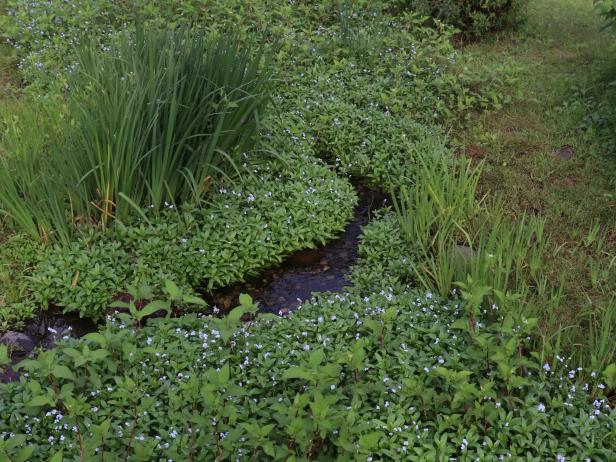
Shutterstock/Toshio Umekawa
Myosotis scorpioides growing along a creek.
Woodland Forget-Me-Nots (Myosotis sylvatica):
- Zone: 3 to 8
- Height: 1/2' to 1'
- Spread: 1/2' to 3/4'
- Bloom Time: April to May
- Bloom Description: Blue with yellow or white eyes
- Sun: Full sun to part shade
- Water: Medium
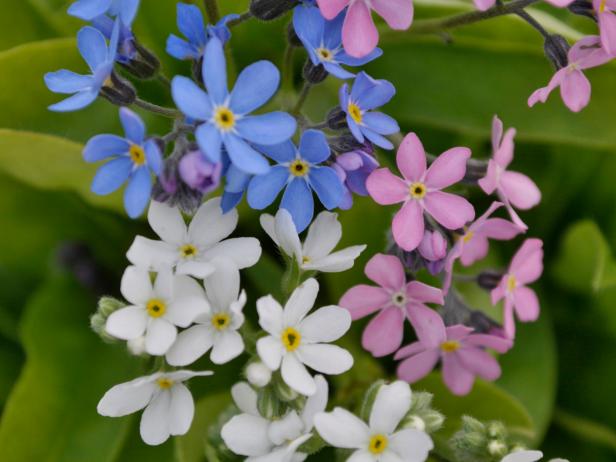
Ball Horticulture
Myosotis sylvatica 'Mon Amie Mix Bloom'
True Forget-Me-Not (Myosotis scorpioides)
- Zone: 5 to 9
- Height: 1/2' to 1'
- Spread: 3/4' to 1'
- Bloom time: June to August
- Bloom description: sky blue with yellow center
- Sun: full sun to part shade
- Water: medium to wet
How to Use Forget-Me-Nots in the Garden
Forget-me-not flowers grow best where they can be allowed to naturalize, especially in areas that are too wet to support the root system of other flowers. Plant woodland forget-me-nots in border fronts, rock gardens, wild gardens, woodland areas or around ponds. They look spectacular when interplanted with spring bulbs and alongside other shade-loving plants, such as hostas. True forget-me-nots can be placed directly in the soils of muddy banks at the waterline. They will spread by creeping rhizomes but are not overly aggressive.
How to Grow Forget-Me-Nots
In areas where winter temperatures hit zero degrees Fahrenheit or below, sow the seeds outdoors several weeks before the last frost date. Forget-me-nots are often grown as an annual by starting seeds indoors about eight to 10 weeks before the last frost for bloom the same year. In milder climates, sow seeds in fall for spring bloom.
Forget-me-nots are easy to grow as long as they have organically enriched soil, regular-to-ample water and partial shade. They prefer moist soil with good drainage in a sunny or shady spot. Forget-me-nots perform best in cool weather and in areas where summers are not excessively hot.
It’s possible to grow woodland forget-me-nots in containers as long as their water, soil and light conditions are met. True forget-me-nots can also be grown in containers submerged in shallow water.
Propagating Forget-Me-Nots
True forget-me-nots are easy to propagate by dividing the rhizomes in the early spring. The plants will self-seed if left on their own. They can also be propagated by stem cuttings in summer. Woodland forget-me-nots are best grown from seed since it self-sows prolifically.
How to Care for Forget-Me-Not Plants
The good news is that forget-me-nots aren't attractive to most diseases and pests. However, the foliage can be prone to mildew and rust. Watering plants planted in drier areas or during extreme heat or drought is a must. Fertilize the plants once or twice each season (once in spring and again in autumn) if needed. If you don't want them to spread too profusely, pull up the plants before they set seed.






